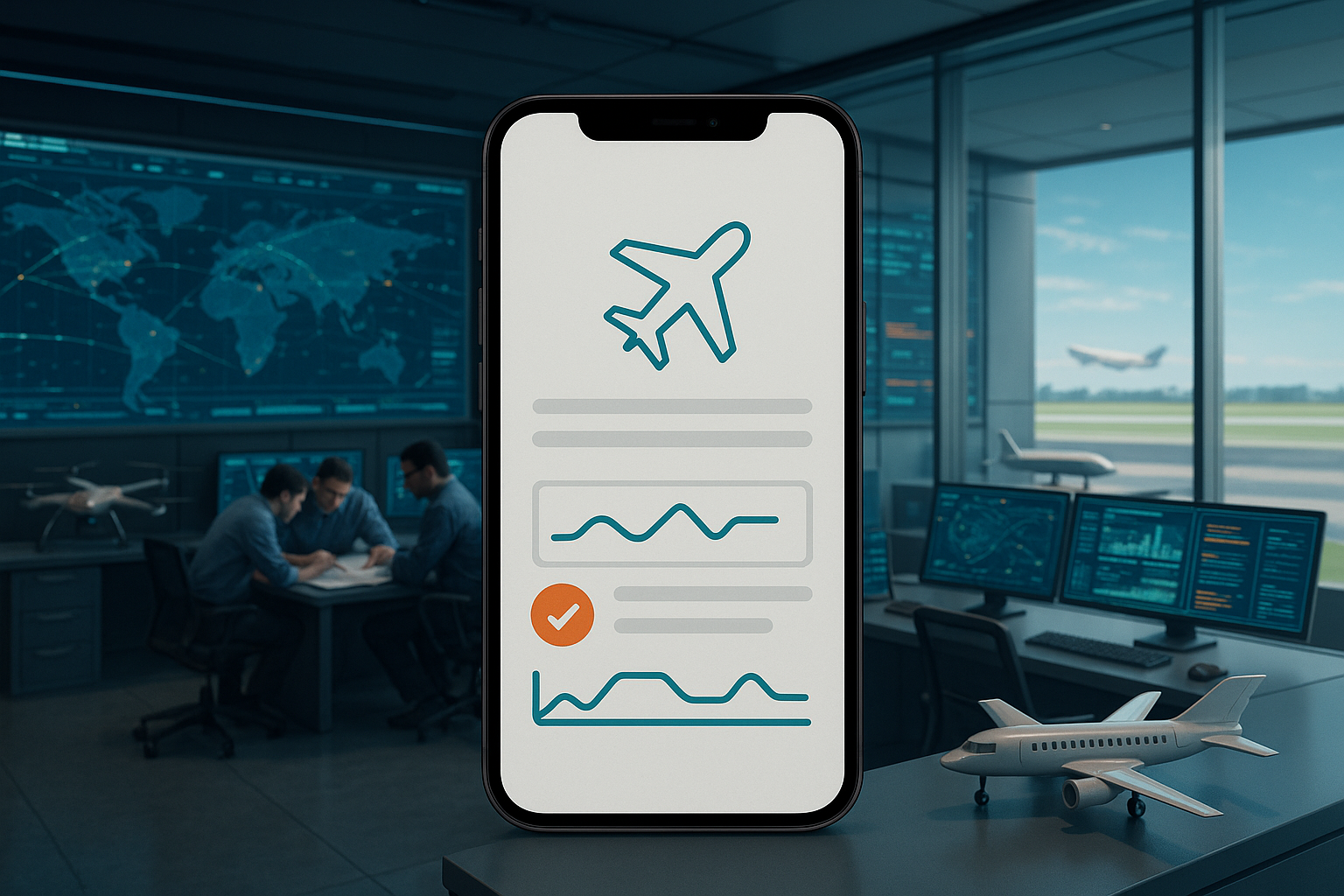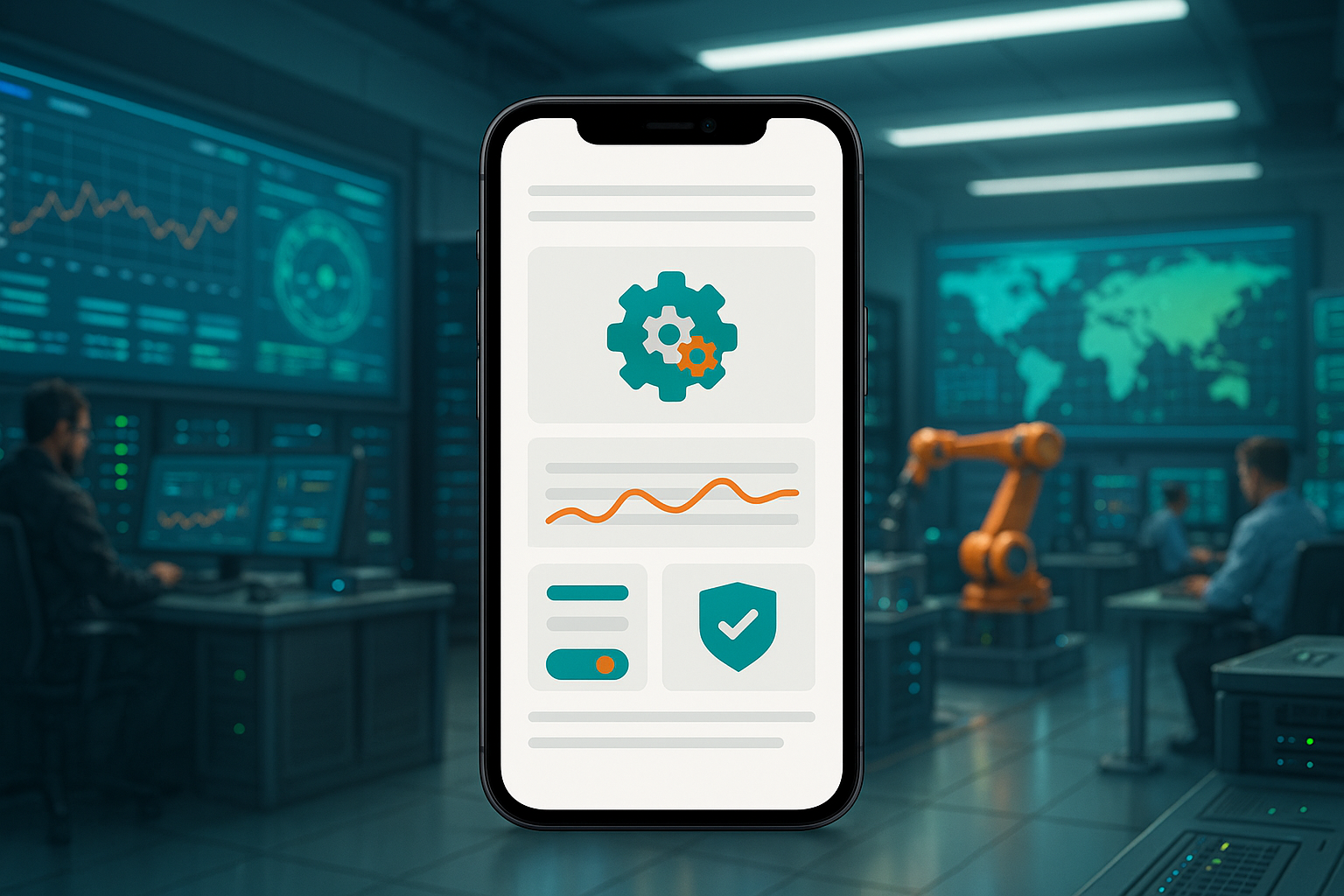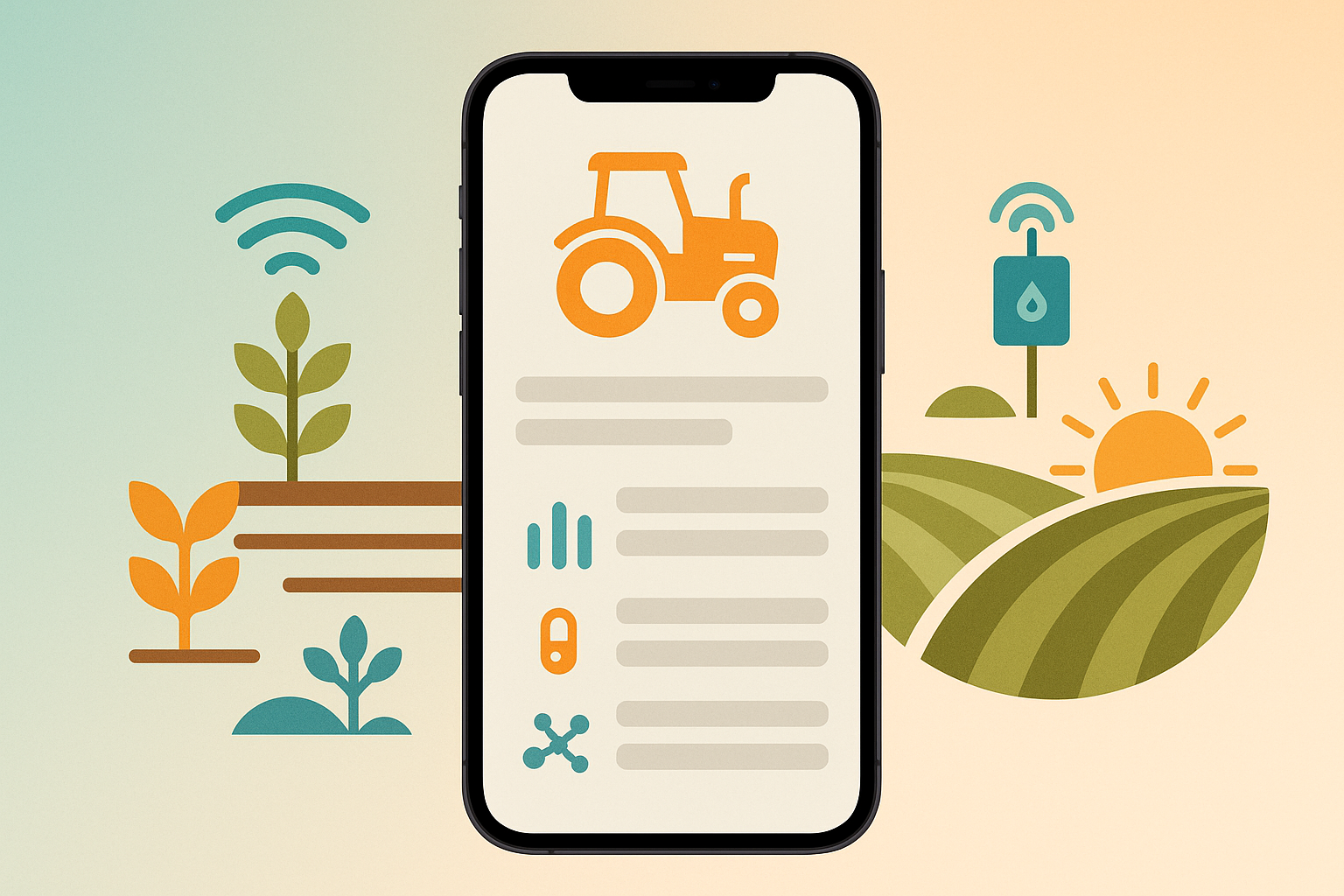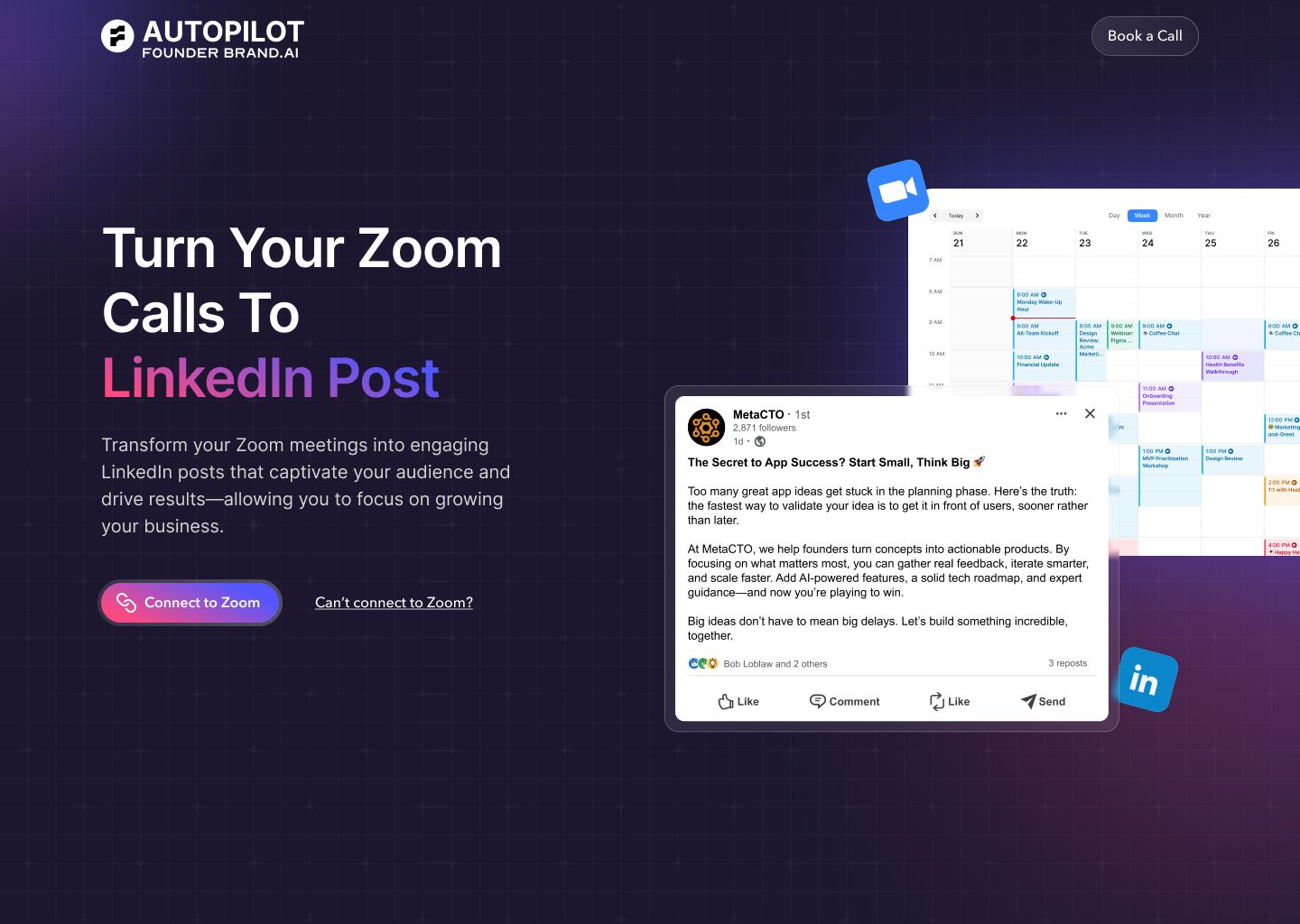Navigating the Complexities of Aerospace App Development
The aerospace and defense (A&D) industry operates at the intersection of cutting-edge technology and mission-critical reliability. In this environment, software is not merely a tool but the central nervous system for everything from flight operations and baggage reconciliation to crew management and passenger services. Developing mobile applications for this sector, however, is a uniquely formidable challenge. It involves navigating a labyrinth of stringent security protocols, addressing an ever-widening tech talent gap, and managing software systems of spiraling complexity. Many A&D companies find their in-house teams stretched thin, struggling to keep pace with the demands of modern app development while juggling their core engineering responsibilities.
The problem is multifaceted. Attracting and retaining top-tier software talent is difficult when competing with the high salaries and flexible work cultures of mainstream tech companies. Furthermore, internal processes, often unchanged for years, can lead to inefficiency, with engineers spending significant time on rework and non-engineering tasks. This combination of factors can stall innovation, blow budgets, and delay critical projects.
This article serves as a comprehensive guide to understanding the world of aerospace app development. We will explore what defines an aerospace application, dissect the reasons why in-house development is so challenging, and categorize the diverse types of apps used across the industry. We will also provide a transparent look at development costs and introduce the leading companies that specialize in this demanding field. As a top US-based, AI-powered mobile app development agency with over 20 years of experience, we at MetaCTO have a deep understanding of what it takes to build, launch, and scale complex applications. We are here to guide you through every step, from initial concept to a market-ready product that meets the exacting standards of the aerospace industry.
What is an Aerospace App?
At its core, an aerospace mobile application is a specialized software tool designed to support, streamline, or execute a specific function within the aerospace and defense industry. Unlike consumer-facing apps, these tools are built for a highly specialized user base—pilots, ground crew, maintenance engineers, security personnel, and operations managers—and must perform flawlessly in high-stakes environments. Their purpose ranges from enhancing operational efficiency on the tarmac to ensuring regulatory compliance in the cockpit.
These applications are the digital backbone of modern aviation. For example, an app like ForeFlight Mobile EFB serves as an Electronic Flight Bag, providing pilots with digital charts, flight planning tools, and real-time weather data, replacing cumbersome paper-based systems. A Baggage Reconciliation System (BRS) app, such as ABOMIS BRS, automates the tracking of passenger luggage, reducing handling errors and improving security. On the ground, an application like Zafire FirstRamp helps coordinate and manage the complex ballet of turnaround services—refueling, catering, cleaning, and baggage loading—to ensure on-time departures.
Other applications focus on passenger-facing services and compliance. IATA Travel Pass allows passengers to manage their health credentials and travel documentation digitally, while Amadeus CheckMyTrip provides travelers with a centralized itinerary manager. The scope is vast, covering everything from Weight and Balance (W&B) calculators like APG W&B to crew management portals like Sabre Crew Access Mobile. Ultimately, these applications are purpose-built to solve specific industry problems, increasing safety, efficiency, and profitability in one of the world’s most complex sectors.
Why In-House Aerospace App Development is So Difficult
While many large A&D companies have in-house IT departments, developing a sophisticated, reliable, and secure aerospace app from the ground up presents a distinct set of severe challenges. These hurdles often lead to projects that are over budget, behind schedule, or fail to meet their objectives. Partnering with a specialized mobile app development agency can provide the necessary expertise and resources to overcome these obstacles.
The Widening Talent Gap
The single greatest challenge facing the A&D software industry is a rapidly growing talent gap. The demand for skilled tech experts far outstrips the available supply, creating a highly competitive recruitment landscape.
- Scarcity of Skills: Most global companies, including those in A&D, struggle to find and recruit tech employees with the right skills. A stark report indicates that only 29% of these companies believe they possess the necessary IT talent to achieve their targets. This is compounded by the fact that 65% of current employees believe their tech skills will be outdated within the next 3-5 years.
- The Great Resignation and Attrition: The A&D industry has not been immune to the “Great Resignation.” The pandemic caused many employees to reevaluate their careers, leading to a massive talent drain. This has resulted in approximately 50,000 unfilled technology positions across the A&D sector, the majority of which are in software.
- An Aging Workforce: The average age of an A&D employee is 45. This demographic reality means companies are losing a significant portion of their best talent to retirements, taking decades of institutional knowledge with them.
- Competition from Big Tech: A&D companies find it extremely difficult to compete with technology-centric firms that offer significantly higher salary packages, greater work flexibility, and a more modern engineering culture. This makes attracting and retaining top software engineers a constant struggle.
Inefficient Internal Processes and Culture
Even when A&D companies have engineers on staff, their internal structures and processes can stifle productivity and innovation.
- Low Engineering Productivity: Shockingly, almost half of the engineers in leading A&D companies spend their time on non-engineering tasks or lower-value jobs. Furthermore, at least 30% of their time is consumed by rework, indicating significant inefficiencies in the development lifecycle.
- Outdated Practices: Unlike other support functions that have evolved, engineering functions at many A&D companies have remained relatively unchanged. This includes outdated hiring practices that often overlook highly skilled candidates who may not have a traditional engineering degree but possess deep technical expertise.
- Lack of Flexibility: The A&D industry is often perceived as rigid and inflexible. This is a major challenge for attracting younger talent, particularly millennials, who prioritize career latitude, remote work options, and flexible schedules. The locked-down, security-focused environment can also feel stifling to tech talent accustomed to the transparency and collaboration of open-source coding.
Increasing System and Financial Complexity
The very nature of aerospace systems creates another layer of difficulty for software development.
- Complex Software for Complex Systems: As aircraft and defense systems become more advanced, the software that controls them becomes exponentially more complex. This requires a level of engineering rigor and architectural foresight that is difficult to maintain without specialized expertise.
- Budgetary Pressures: Government customers, facing their own budget pressures, are demanding more certainty about the costs of new programs. Simultaneously, legacy programs are financially strained by the rising costs of fuel, materials, and labor. This leaves little room for error in software development budgets.
- Regulatory Burden: A significant portion of the A&D industry lies within the government sector, which is burdened with complex policies, lengthy approval processes, and immense primary responsibilities. This can slow development to a crawl and create a perception that there are meager opportunities for learning and growth.
How a Development Partner Like MetaCTO Helps
Navigating these challenges requires a different approach. By partnering with an agency like MetaCTO, A&D companies can bypass many of these internal hurdles. We provide immediate access to a team of vetted, expert developers who are fluent in the latest technologies and agile methodologies. Our process is built on efficiency, using a Rapid MVP Development approach to validate ideas, prioritize features, and get a functional product to market in as little as 90 days. This mitigates risk, controls costs, and injects a level of speed and innovation that is often difficult to achieve in-house.
Different Types of Aerospace Apps
The universe of aerospace mobile applications is vast and diverse, with tools designed for nearly every aspect of the industry. Understanding these categories helps illustrate the breadth of digital transformation occurring in aviation.
Operations & Turnaround Management
These apps are critical for maintaining tight schedules and ensuring the efficient use of resources on the ground. They help manage the complex sequence of events that must occur between a plane’s arrival and its subsequent departure.
- Examples: ABOMIS Turnaround, Challenge Turnaround, Havatech Turnaround, Zafire FirstRamp, Rsmart Ground Handling
Baggage & Cargo Handling
From reconciliation to tracking, these applications are designed to minimize lost luggage and streamline the movement of cargo. They provide real-time visibility and automate processes that were once manual and error-prone.
- Examples: ABOMIS BRS, Excellent IT BRS, Find my ULD, Havatech Damaged Baggage, Zafire FirstBag Mobile
Weight & Balance (W&B)
Safety is paramount in aviation, and proper weight and balance are non-negotiable. W&B apps perform critical calculations to ensure an aircraft is loaded correctly for a safe and efficient flight.
- Examples: APG W&B, ABOMIS W&B, eFlite W&B, Havatech W&B, iFly Weight and Balance, Jazz W&B, Zafire FirstLoad
Flight Planning & Electronic Flight Bag (EFB)
EFB applications have revolutionized the cockpit, replacing heavy flight bags filled with paper charts and manuals. They provide pilots with everything they need for flight planning, navigation, and performance calculation in a digital format.
- Examples: EFB-Pro Performance, ForeFlight Mobile EFB, FltPlan Go, ARINCDirect, ARINCDirect Mini, iFlightNeoMobile
Passenger & Crew Services
This category covers a wide range of apps aimed at improving the experience for both travelers and flight crews. They include itinerary management, travel document verification, and crew scheduling tools.
- Examples: Amadeus CheckMyTrip, IATA Travel Pass, Airline Choice, Radixx Go, Sabre Crew Access Mobile
Security & Compliance
In a post-9/11 world, security and regulatory compliance are more important than ever. These apps help manage access control, check passenger documents, and ensure that dangerous goods are handled according to strict international regulations.
- Examples: Access Control, Boarding Point Control, Longport Aviation Security MBRS, Passenger Document Checker, IATA DG AutoCheck
Airport & Airline Specific Apps
Many airports and airlines develop their own branded apps to provide a suite of services to their customers, from flight status updates and terminal maps to booking and loyalty programs.
- Examples: Gerald R. Ford Airport, Indianapolis Intl. Airport, Myanmar National Airlines, NOVOAIR, TAV Mobile
Cost Estimate for Developing an Aerospace App
Determining a precise cost for developing an aerospace application is challenging, as there is no fixed price. The final investment depends heavily on the app’s complexity, its range of features, the level of security required, and the development partner you choose. However, we can provide estimates based on industry data to give you a clear understanding of potential costs.
Generally, the development cost for aviation software can range from $8,000 to over $28,000. This range typically covers key development phases, including UI/UX design, programming, rigorous testing, and ensuring the final product complies with all necessary industry regulations.
Cost by Complexity
Aviation apps can be broken down into three general tiers of complexity, each with an associated cost estimate:
| Complexity Level | Estimated Cost Range | Description |
|---|---|---|
| Simple | $8,000 – $17,000 | Basic functionality, such as a simple checklist app or a document viewer with limited interactivity. |
| Medium Complex | $15,000 – $23,000 | More advanced features, such as real-time data integration, user authentication, and basic analytics. |
| High Complex | $28,000+ | Sophisticated algorithms (e.g., for W&B or flight planning), multiple third-party integrations, robust security, and real-time data synchronization. |
Key Factors Influencing Cost
Several variables can significantly impact the final development cost:
- Features and Functionality: The more complex the features, the more time and resources are required. Apps involving complex algorithms or real-time data processing will naturally cost more.
- Security Measures: Aerospace apps handle sensitive data and must be protected with robust security measures like data encryption and strict access controls. Implementing these features requires specialized expertise and adds to the budget.
- Regulatory Compliance: Adhering to standards from bodies like the FAA or IATA requires additional development effort and rigorous testing, which increases the overall cost.
- Development Partner: The hourly rate of developers and the experience of the chosen development company play a significant role. Hiring a firm with proven experience in complex domains comes at a premium but often saves money in the long run by avoiding costly mistakes.
- Ongoing Maintenance: Development doesn’t end at launch. Ongoing maintenance—which includes bug fixing, feature updates, and ensuring compatibility with new devices and OS versions—is a recurring cost, typically estimated at 15-20% of the initial development cost per year.
Cost-Reduction Strategies
At MetaCTO, we employ several strategies to deliver value and manage costs effectively:
- Prioritizing Features: We focus on building a Minimum Viable Product (MVP) first. This approach avoids spending resources on unnecessary “nice-to-have” features and allows you to test the core concept with real users quickly.
- Agile Development: We use an agile, iterative development methodology. This allows us to identify and address issues early in the process, preventing expensive rework later on.
- Leveraging Open-Source Tools: Where appropriate, we leverage existing open-source libraries and frameworks to accelerate development and reduce costs without compromising quality.
Top Aerospace App Development Companies
Choosing the right development partner is the most critical decision you will make. You need a team that not only has deep technical expertise but also understands the unique demands of the aerospace industry. While many firms claim to be experts, only a select few deliver the bespoke, reliable, and secure solutions this sector requires.
1. MetaCTO
As a leading US-based, AI-enabled mobile app development agency, we at MetaCTO are uniquely positioned to tackle the challenges of aerospace app development. With over 20 years of experience, a portfolio of over 120 successful projects, and a 5-star rating on Clutch, we have a proven track record of transforming complex ideas into market-leading applications.
Our entire process is designed to de-risk development and maximize your return on investment. We start by validating your idea and creating a strategic roadmap. From there, our expert team handles the entire build process—from design to launch—ensuring your app delivers a seamless experience. But we don’t stop at launch. We help you grow your user base through A/B testing and analytics, implement effective monetization strategies, and evolve your app with the latest technology to stay competitive.
Our expertise in AI development is a key differentiator. For example, our work on the G-Sight app involved implementing cutting-edge computer vision AI technology, a capability directly transferable to aerospace applications like automated ramp surveillance or parts inspection. Similarly, the personalized AI insights we developed for the Bond dating app could be adapted to provide predictive maintenance alerts or personalized crew scheduling. We bring a forward-thinking, technology-agnostic approach to every project, ensuring your app is not just built for today but ready for tomorrow.
Other Notable Companies
The market for aerospace app development is diverse, with several other reputable firms offering specialized services. The following companies are recognized for their work in the defense and aerospace sectors.
| Company Name | Location | Founded | Hourly Rate | Project Budget |
|---|---|---|---|---|
| Baltic Amadeus | Vilnius, Lithuania | 1988 | $50 - $99/hr | $10,000 - $24,999 |
| Imaginovation | Raleigh, North Carolina | 2011 | $50 - $99/hr | $50,000 - $199,999 |
| Arastu Systems | San Jose, California | 2014 | $25 - $49/hr | $25,000 - $49,999 |
| BitCot | San Diego, California | 2010 | $25 - $49/hr | $5,000 - $9,999 |
| JetSoftPro | New York City, New York | 2014 | $25 - $49/hr | Undisclosed |
| TechMatter (Pvt) Ltd | Karachi, Pakistan | 2012 | $50 - $99/hr | $10,000 - $24,999 |
Based on market research, the most popular hourly rate among defense and aerospace mobile app development companies is $25 - $49/hr, with 50% of firms offering services in this range. This indicates a robust and competitive market for specialized development services.
Conclusion
The journey of developing an aerospace mobile application is undeniably complex. It requires navigating a landscape fraught with challenges, from a persistent tech talent shortage and increasing system complexity to the stringent demands of security and regulatory compliance. As we’ve explored, these apps are highly specialized tools that form the digital bedrock of the modern aviation industry, covering everything from flight operations and baggage handling to passenger services and crew management.
While the costs can be significant and the hurdles of in-house development are steep, building a successful aerospace app is well within reach with the right strategy and the right partner. By understanding the cost factors, embracing efficient methodologies like agile development, and focusing on a core feature set for an initial MVP, you can manage your investment and mitigate risk.
Choosing a development partner with a proven track record in building complex, secure, and scalable applications is paramount. Navigating the intricacies of aerospace app development requires more than just coding skills; it demands deep technical expertise, strategic foresight, and a process built for success.
Don’t let talent shortages or project complexities ground your vision. Talk with an expert at MetaCTO today to discuss your project and learn how our AI-powered development process can launch your application successfully and deliver tangible results for your organization.






